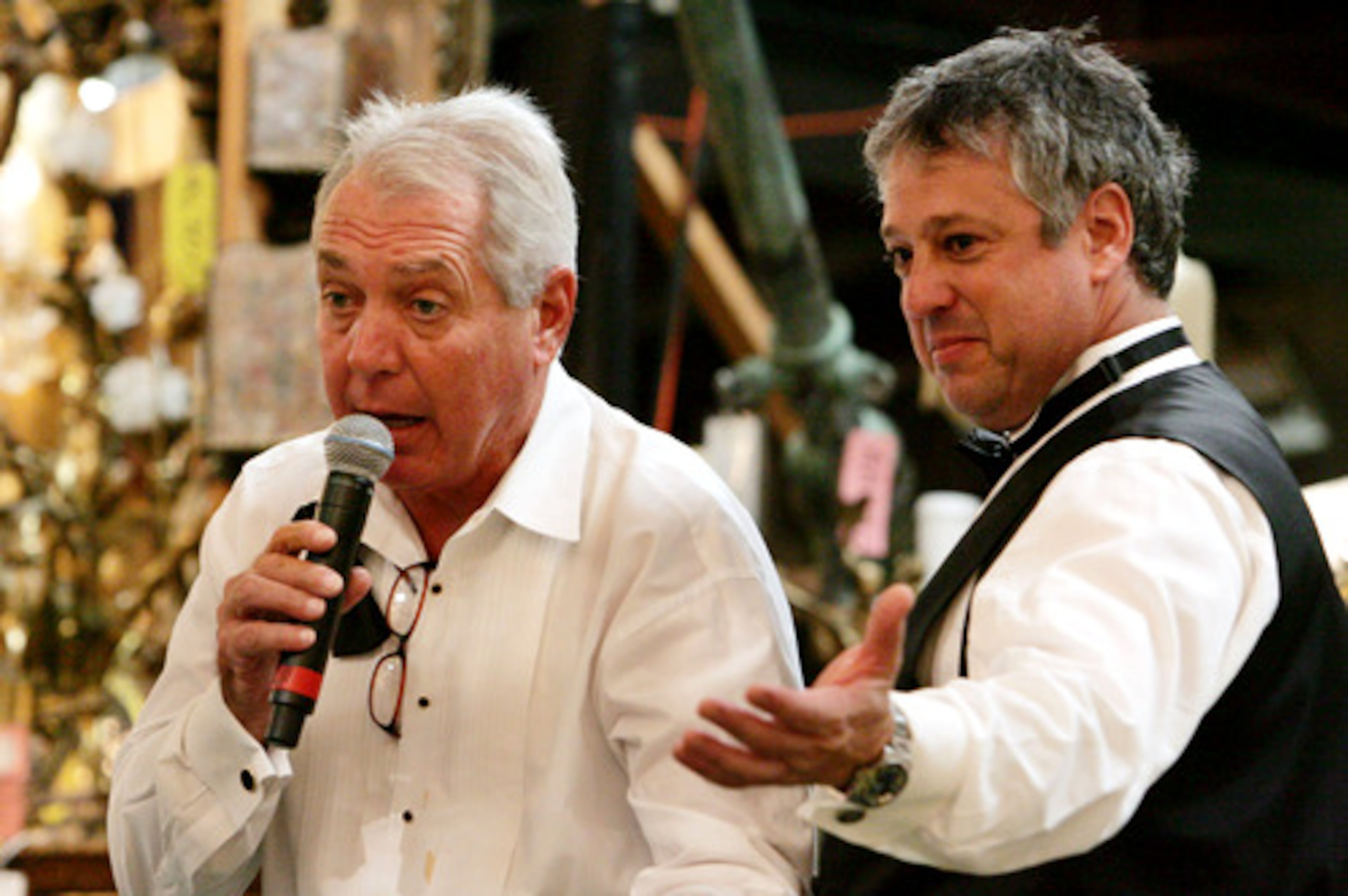Rainbow crosswalks are being removed, but Atlanta’s are here to stay
Atlanta’s rainbow crosswalks in Midtown are unlikely to lose their hue, even as crosswalks elsewhere are being stripped of their colors as part of a federal campaign against political messages and artwork.
This summer, U.S. Transportation Secretary Sean Duffy flagged colorful crosswalks as a threat to road safety, telling governors they need to ensure intersections are “orderly” and “kept free from distractions” as part of their efforts to reduce traffic fatalities.
Traffic deaths fell last year from a peak in 2021, but are still unacceptably high, he said.
In social media posts, Duffy has specifically called out crosswalks painted with colors representing LGBTQ+ pride.
“Taxpayers expect their dollars to fund safe streets, not rainbow crosswalks,” Duffy wrote on social media. “Political banners have no place on public roads.”
While applauding the secretary’s effort to reduce traffic fatalities, experts said there’s no evidence that colorful crosswalks make roads less safe. Some research suggests they actually improve safety by grabbing drivers’ attention.
“They increase the visibility of people trying to cross the street and they make drivers pay a little bit more attention in a very friendly and approachable way,” said Rebecca Serna, who leads Propel ATL, a bike, pedestrian and transit advocacy nonprofit based in Atlanta.
Duffy’s directive is the latest in a series of actions by President Donald Trump’s second administration that target marginalized communities.
In addition to the LGBTQ+ rainbows being repainted, Black history street art has also been removed. Earlier this year, Republican legislators, led by U.S. Rep. Andrew Clyde from Athens, threatened to revoke federal funding if Washington, D.C., did not paint over its Black Lives Matter street mural.
But as was the case after a similar demand during Trump’s first administration, Atlanta’s rainbow crosswalks aren’t at risk of being repainted.
The crosswalks, which span four directions at the intersection where Piedmont Avenue and 10th Street meet, are painted on city-owned streets and paid for with city money.
When they were first targeted in 2019, Atlanta officials said the rainbow crosswalks would stay indefinitely, “much like glitter.” A city spokesperson said recently the latest directive doesn’t change those plans.
In places like Florida, the state transportation department has led the repainting efforts. Here, the state’s oversight extends only to state-owned and maintained roads. Crosswalks elsewhere are local governments’ responsibility, a spokesperson for the Georgia Department of Transportation said.
GDOT uses a data-driven approach to identify safety needs, spokesperson Natalie Dale said. The agency is in the process of developing a list of areas it will target for improvements in the next year, as Duffy requested.
Traditionally, crosswalks have been designed with black and white stripes — a ladder spanning from one side of the street to another. In 2023, the federal guidance changed to allow broader use of colored pavement, not just for crosswalks but for bike lanes (green) and transit lanes (red).
Besides the rainbows in Midtown, there are color crosswalks throughout the metro area.
Alpharetta hired muralists in 2023 to paint several crosswalks as part of an effort at making the city a cultural destination. Decatur installed multicolored crosswalks with different designs in 2016. A crosswalk in downtown Braselton that featured a painted bookshelf won a design award in 2019.
The Piedmont and 10th intersection is the most high-profile location with an artistic crosswalk locally. It’s a busy one, with a high volume of cars, cyclists and pedestrians passing through the growing neighborhood. But there have been just two serious crashes at the rainbow crosswalks, according to Atlanta’s Vision Zero dashboard, which tracks crashes that cause serious or fatal injuries.
One incident, involving a pedestrian, occurred in 2013 — four years before the rainbows were painted. A second serious crash happened in 2021. Less serious crashes there are more common.
Atlanta’s rainbow crosswalks were part of a 2022 study by Bloomberg Philanthropies and emerged as a statistical outlier because of its crash rate. The study found an overall 50% decrease in the rate of crashes involving pedestrians and other vulnerable road users after roadway art was installed.
But the Midtown intersection was one of a few studied where the crash rate didn’t decline or hold steady. Instead, crashes increased from a rate of 15.6 per year to 22 per year.
The study’s authors theorized the increase was tied to a substantial increase in traffic volume, and said it was encouraging that, despite the traffic increase, injury rates went down at the Atlanta site after the rainbows were painted.
Other Atlanta intersections have proved more dangerous.
Just this year, two pedestrians were killed along Peachtree Street. One man, Pradeep Sood, was crossing the street at a faded crosswalk. Advocates pushed for the lines to be repainted after his death, but the city opted instead to remove the crosswalk entirely.
Serna said she welcomes federal help to reduce traffic fatalities but that addressing missing or faded road markings or adding crosswalks where there are none could be more helpful than repainting colorful crosswalks.
Tactics that help most are those that force drivers to go slower, she said. Clio Andris, an associate professor of city and regional planning at Georgia Tech, agreed.
Lowering speed limits and implementing road diets, which reduce the number of lanes, have the biggest effect on road safety, Andris said. But any type of marked crossing area is going to decrease the probability of a pedestrian-involved crash, she said.
“There are no known drawbacks to painting the crosswalks,” Andris said.
Aside from traffic safety, painted crosswalks can help with landmarking, she said. It gives people a descriptor for where they are: “Oh, I’m near the rainbow crosswalk.”
Landmarking was what the Old Fourth Ward neighborhood was interested in when residents approached Gabi Anderson about painting a mural across Highland Avenue. Anderson said the city of Atlanta had strict guidelines that ensure art in crosswalks isn’t confusing for drivers. Neons and other colors used for other street markings can’t be used in artistic crosswalks, she said.
She ultimately designed the crosswalk so that residents could help with the painting, and said it turned into a community affair. People in nearby apartments shouted thanks to her from their balconies, Anderson said.
“It helps make people feel seen and helps them feel connected to this space,” Anderson said. “There was a real sense of ownership.”



